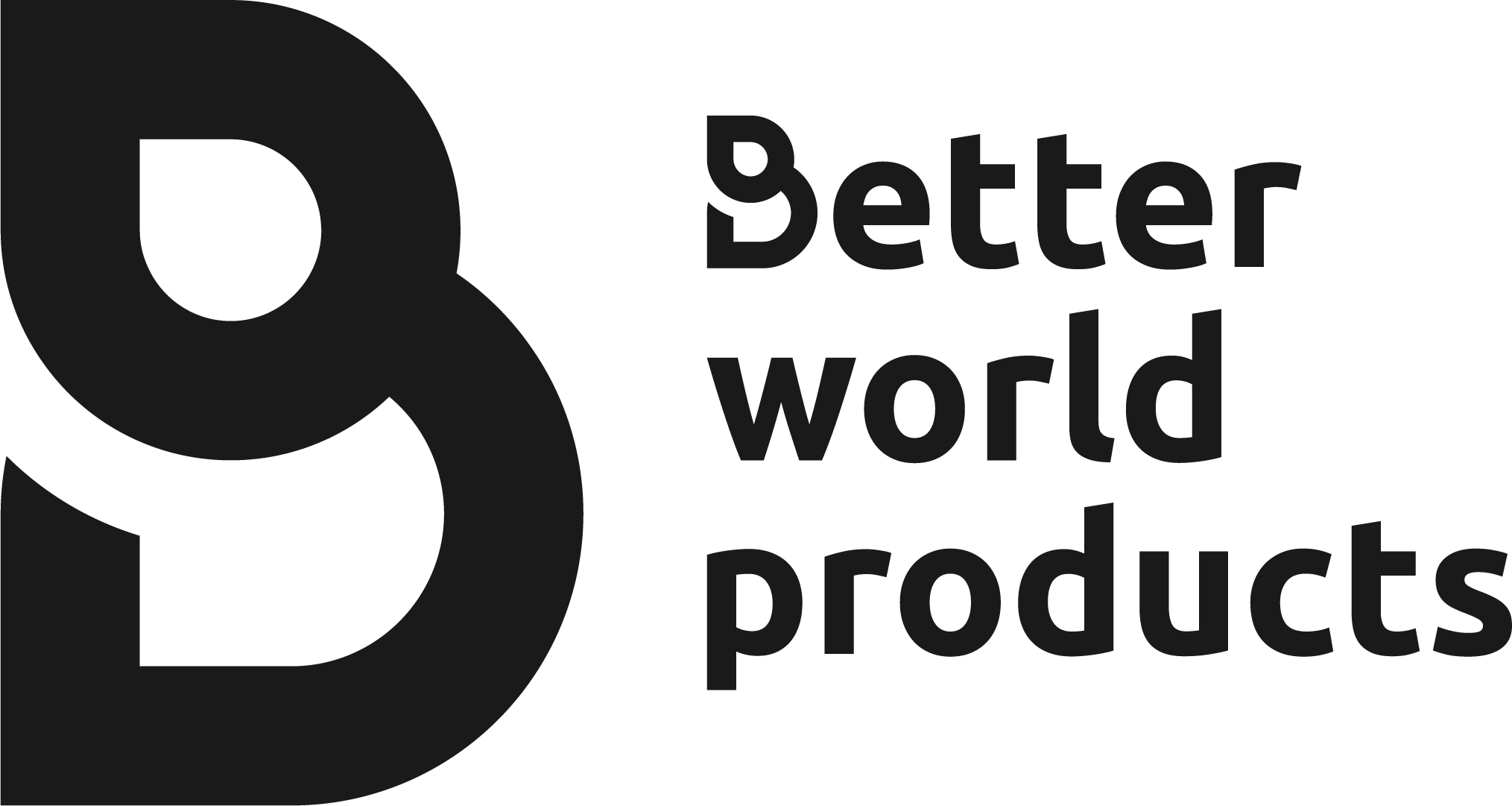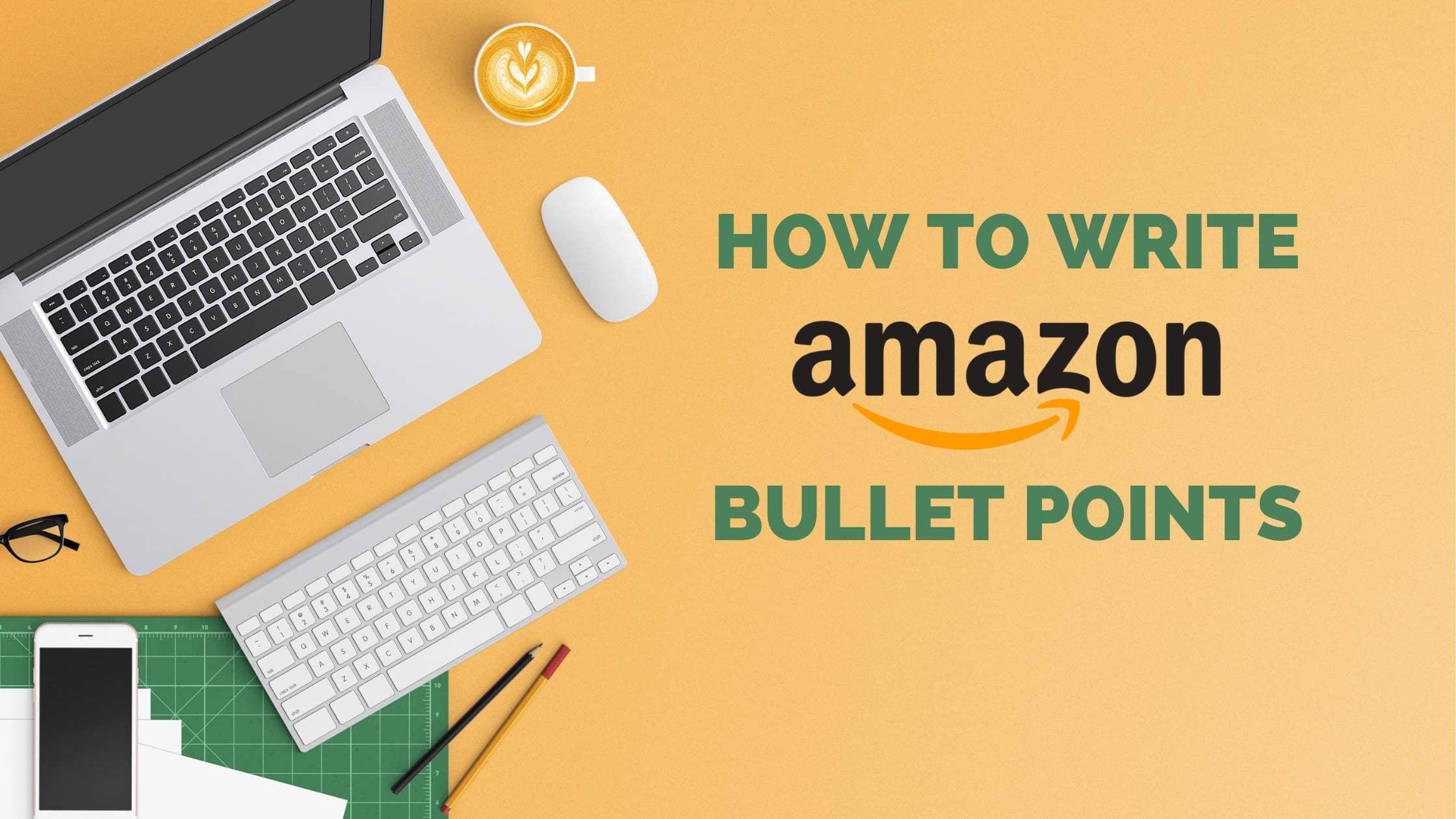How to Write Amazon Bullet Points to Optimize Your Product Listings and Convert Customers
There’s a lot that goes into optimizing an Amazon product listing.
Once you’ve convinced your potential customer to click through to your product with a fair price, enticing image and relevant title, the next step is writing the bullet points.
Bullet points on Amazon allow you to provide more product details, set customer expectations, and include more keywords.
But how do you structure all this information? We’ll take you through the steps to writing the best Amazon bullet points for your products. Here’s an outline of what we’re covering.
Don’t feel like putting all the work in yourself? Let’s talk about how we can get Amazon optimization off your hands
What are Amazon Bullet Points?
Bullet points usually appear beneath the product title and other details under the title “About this item”. You can find them next to the product images on desktop, and much further down the screen on mobile:

Why Are Bullet Points on Amazon Important?
Bullet points let you share more important product details and help customers decide whether your product matches what they’re looking for. They also offer you more real estate to include keywords that will help your customer find you and Amazon to rank you on its search engine results page (SERP).
Keywords in Your Bullet Points Help Customers Find You
What are keywords and keyword phrases? They are the terms a customer would use to look for a specific product in the search bar. For example:
- “organic antiperspirant for women”
- “gluten free granola bar”
- “water saving faucet”
These are all keyword search terms.
Keywords are important because Amazon’s algorithm uses them to identify whether your product fits a user’s search. While Amazon gives more weight to keywords that appear in the title, it’s still important to include them in your bullet points.
For more about optimizing for Amazon’s search engine, check out our full Amazon SEO walkthrough:
When a customer scans through your product listing, they will subconsciously be looking for keywords and phrases that match their “perfect product”. By including them in easy-to-read snippets, you’ll be pulling them closer to clicking that buy button.
Keyword research is also important because it helps you understand what your competitor rs are doing and which phrases are most popular. When you do a thorough search and consider everything your customer is looking for, your listing will be more successful.
Additionally, research can help you decide which keywords and phrases competitors are spending money on and if they’re worth using in your own ads.
Bullet Points Help Convert Customers
Once a customer has decided to click through to your product, you must now convince them to purchase your product (this is actually called conversion optimization and is part of a much larger process we talk about in this article about the Amazon sales flywheel).
Making sure your bullets are relevant, easy to read and well-structured creates a user-friendly experience for the customer.
One study found that most browsers spend an average of 15 seconds deciding which product to buy online. This means you have to optimize your bullet points so that they will be easy to scan with keywords and phrases that jump out at your audience.
Keeping your bullet points readable and scannable is one of the most important factors when it comes to optimizing your listing.
Why is Amazon Hiding Some Bullet Points?
Some sellers started noticing that bullet points were being “hidden” by default. Where bullet points once appeared just below the most important details, some of them have to be “opened up” now by clicking open a dropdown menu next to “About this item”.
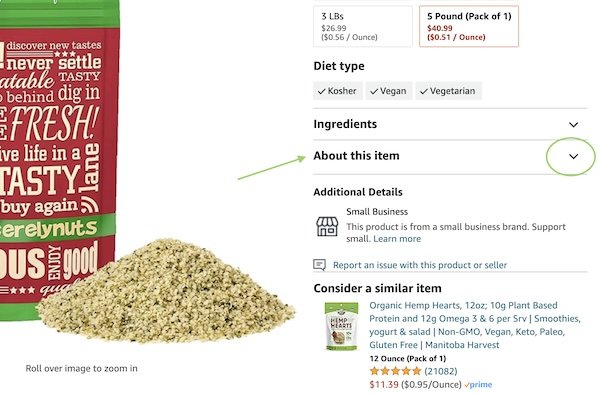
Amazon is always testing out new tactics, so this could be something they’re trying out. Bullet points don’t appear like this every category.
We’ve noticed a lot of grocery items appear this way, maybe because they want to focus on points that are easier to spot. If you notice above where we’ve circled the downward arrow, there are tags like kosher, vegan and vegetarian under “Diet type”. Perhaps Amazon wants to create a more user-friendly experience for its customers.
What are the Amazon Bullet Points Guidelines?
As with all product listing guidelines, Amazon has requirements for bullets as well. Some of the most important are:
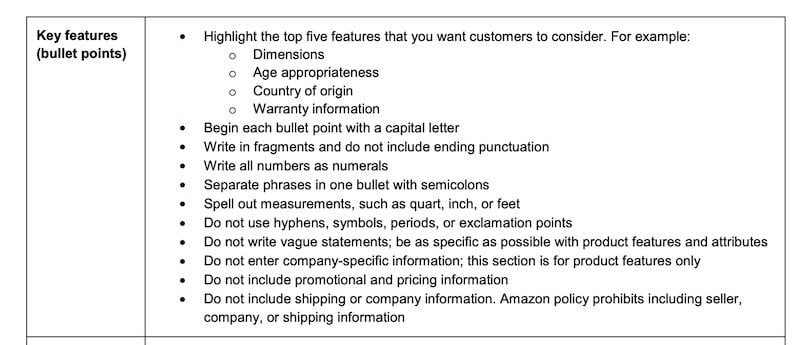
- Include the 5 most important features of your products in the bullet points
- Start each bullet with a capital letter
- Write it in a sentence format
- Separate ideas with hyphens
- Do not use ending punctuation
- Sellers can use 5 bullet points to describe and sell their product
- Vendors can have up to 10 bullet points for each product page (this option is available in the edit product page in Vendor Central)
- As a seller, you have up to 500 characters per bullet point
- As a vendor, you have an average of 250 available characters per bullet point (depending on the category)
You can review all the product guidelines in Amazon’s Quick Start Style Guide.
How Many Bullet Points Can You Have on Amazon?
Sellers are generally allowed 5 bullet points per product with a total character limit of 1,000. Many categories are now expanding to 10 bullet points. Vendors are allowed up to 10 bullets per product.
How to Add Bullet Points to your Amazon listing?
To add bullet points to your Amazon product:
1. Log in to Amazon Seller Central.
2. Edit or add a new product, and select the “Product Details” OR “Description” section.
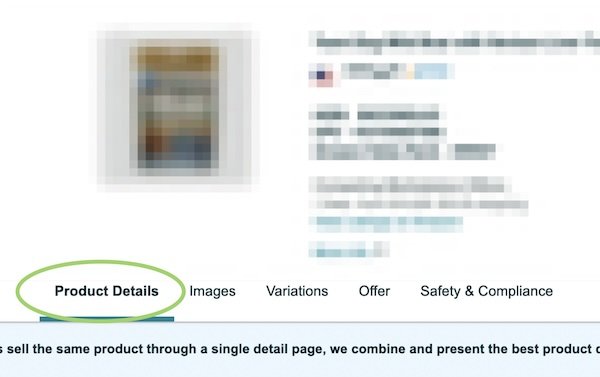
3. Scroll down until you find either “Key Product Features” or “Bullet Points” (the naming here depends on the category but they’re the same thing).
When you’re first adding a product it may not be clear that you can include 5. You’ll have to click the small text below to “Add More” bullet points:
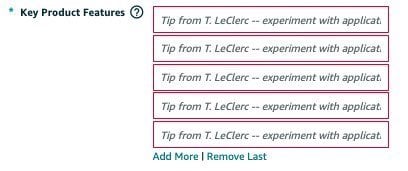
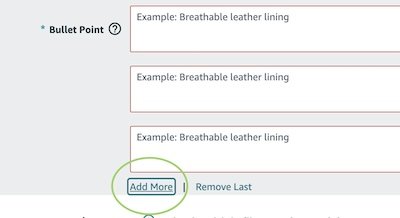
How to Write Effective Amazon Amazon Bullet Points
The customer is the VIP when it comes to your product listing – they’re the ones who will eventually buy your product. If you focus on what your customer wants and speak to them in a way that shows you understand their needs, they’ll be more likely to buy your product.
Focus on hitting these points when writing content for your bullets:
- Confirm your product solves their problem
- Focus on benefits over features
- Set customer expectations
- Use natural-sounding language
- Use your customers’ words
- Make your bullets scannable
Confirm your Product Solves their Problem
When a potential customer reads through your bullet points, you need to include words or phrases that will make them mentally “check off” what they’re looking for. They need to see that your product solves their problem.
Future pacing is a copywriting technique that gets your audience to imagine life after they’ve purchased your product. Think about what problem your product solves and give them a scenario where they can truly feel relieved of that problem.
Focus on Benefits Over Features
This is a big one and can be hard for some to get right.
You can go on and on about features like…
- A car’s 283 horsepower engine
- Coffee beans grown at a 1,500m altitude
- 24V 2500 rechargeable battery for a neck massager
The customer wants to know the “so what?” of this feature. Let them know the why and the how of how your product will solve their problem and have a better life.
Imagine you’re selling one of those red light therapy belts…
Feature: Emits 660 nm and 850 nm wavelengths of light
Benefit: Red light therapy improves skin quality and circulation. Near-infrared light therapy helps target muscles, joints and ligaments for pain relief and recovery.
Set Expectations and Reduce Customer Returns
When your customer knows exactly what they’re getting, they’re less likely to return the item.
Including functionalities, and specific key features like size, weight, use etc, will help the customer make a more informed decision, ultimately reducing returns and negative reviews.
💡 Pro Tip: Look through your competitor’s negative reviews and see what customers are complaining about.
Example: If they’re not happy because they thought the size of the package would be larger, try to address this and make it obvious in your own bullet points.
Use Natural-Sounding Language
Including keywords in your bullets helps your customers spot what they’re looking for but remember not to overdo it (this is called keyword stuffing). Try to make your sentences and points sound natural as if you were speaking to a friend about a new product you’ve discovered.
Use Your Customers’ Words
When a customer reads something that looks like they would say that naturally, you’re off to a good start. Using lingo or familiar terms that are specific to your audience’s speech patterns helps build a stronger connection.
Think about who you’re talking to and speak to them as they’d speak with their friends. You can find great voice of customer insights by mining through reviews. If you already have plenty of positive reviews, see what your customers have to say. Maybe one of them uses a phrase that you could use in your bullet points or other copy.
Make Your Bullets Scannable
By including a proper structure, limiting your character count and including important keywords, your bullet points will be easier to read. Most customers don’t spend too much time reading, so you want to make sure that they can spot vital information quickly and easily.
Optimize your Amazon listings with our free checklist
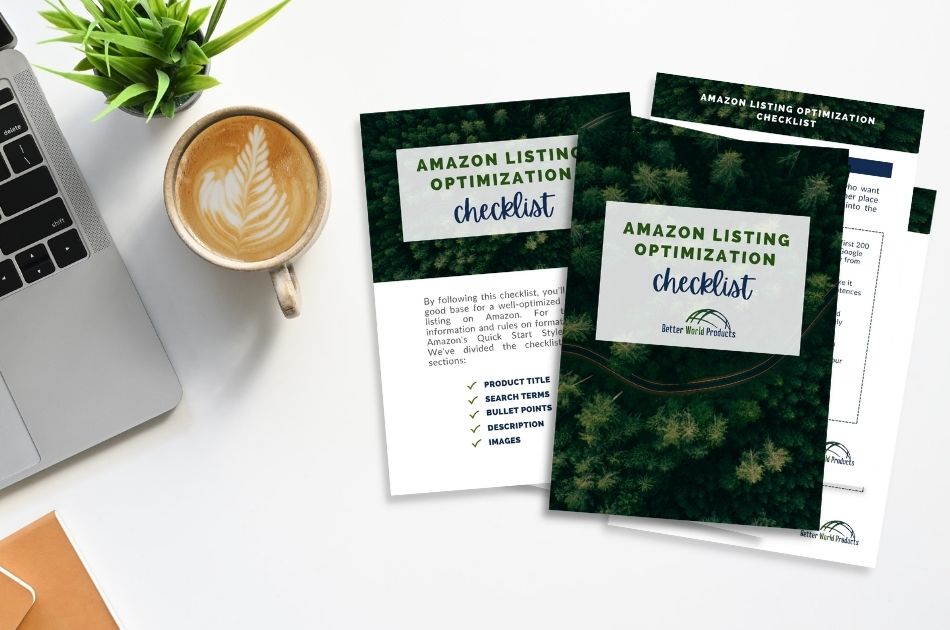
Amazon Bullet Points 1-5. What to Include in Each One
The way you structure your bullet titles helps guide your customer on their buying journey. The information you include after the titles should inspire emotion and offer a solution to your customer’s problem.
💡 Always start with the most important information first, then work your way down through order of importance and relevance.
This is how we generally think about each of our bullet points:
Bullet 1
In the first bullet, we want to confirm with the customer that they’ve come to the right place and speak to their emotions and desires if possible.
- Speak to the biggest desire (the reason they’re here)
- Reaffirm their belief
Bullet 2
In the second bullet, we provide more information about the product than in the first bullet point. In a way, we’re answering questions a customer might have about the first bullet.
For example, if in the first bullet you confirm that the product is a “healthy granola bar”, then in the second bullet you would describe the flavour or ingredients.
Bullet 3
Bullet three is where we have some freedom, but usually includes more useful information about the product and any other unique feature. It all depends on the product and the value you can provide your customer!
Bullet 4
The fourth bullet is where we might slip in an additional benefit that would make the customer think: “Oh, that’s nice!”. They may not be actively looking for it, but it’s an added bonus. Perhaps it’s tied to a specific niche or it fits into a Keto diet or it’s great for celiacs. As long as it’s not a primary benefit, the fourth and fifth bullets are great to brag about your product.
Bullet 5
In the fifth bullet, you have the chance to add some information. Another “Oh, that’s nice!” point. It can be something they appreciate or maybe it speaks to their values.
Examples could include:
- Locally produced
- Sustainable
- Brand values or commitments
Here is an example we wrote for a Memphis BBQ rub:
- MEAT’S BEST FRIEND: Ideal as a rib, steak seasoning or brisket rub. Try on chicken or in a burger seasoning mix. Your tastebuds will jump for joy!
- SWEET AND SPICY: Take your grilling up a notch by adding a sweet and spicy bbq rub and seasoning to your favourite cuts of meat
- USE IT ALL YEAR ROUND: Mix as marinade, sprinkle on veggies or welcome the mouth-watering aroma from slow-roasting in the oven in winter
- REAL SOUTHERN TASTE: Get a feel for how they do it in Tennessee. A spicy meat rub united with a smokey grill and you’ve got supple, pull-apart meat
- NO PRESERVATIVES: All-natural, high-quality BBQ spices with no artificial colours or preservatives. Vegetarian-friendly and blended in the UK
The first bullet point title is “MEAT’S BEST FRIEND”. Great! This gives the customer an idea of what the product is for and how it can help solve their problem. The description goes on to describe and give examples of the type of meat we can use this product with.
The second bullet point tells us about the flavour: “SWEET AND SPICY”.
The third bullet “USE IT ALL YEAR ROUND” gives the customer a use case example. They’ll be able to use the product any time! The description offers some great future pacing to transport the customer to a warm and cozy winter wonderland where the product creates a comforting feeling.
The fourth bullet “REAL SOUTHERN TASTE” is a bonus “Oh, that’s nice!” point that lets the customer know they’re trying something authentic.
The fifth and final bullet “NO PRESERVATIVES” tells the customer that the product is free of any nasty additives and bonus: it’s vegetarian friendly. That’s nice!
How to Structure Your Bullet Points
Consistency is important in building a brand’s credibility and makes it easier for your customers to skim through the important information they’re looking for.
We make sure to use a consistent structure for all our bullet points so that even if we have multiple writers working on product listing optimizations our results are always uniform.
Here are a few ways you can think about structuring your bullet points so they’re easier to read:
- Give each bullet subject matter an ALL-CAPS TITLE
- Include a colon (:) or hyphen (–) after the title to introduce your points
- Use around 150 characters for each bullet
Include an ALL-CAPS Title for Each Bullet Point (Subject Matter)
Having 5 bullets to showcase the benefits of your product is great, but you should also consider the readability for your customer. An all-caps title helps divide each bullet point and makes it easy for your customer to find what they’re looking for. Think of it as having a name for each chapter of a book.
In Scribbles (Helium 10’s tool for listing optimization writing, they call this title “Subject Matter”). If you can include a keyword or phrase your customer is scanning for this is a plus. Just remember not to force them because this jeopardizes readability!
How long should Amazon bullet points be?
Although the Amazon bullet points character limit is up to 500 for sellers, you need to keep your customer in mind. 500 characters is just too much information and your customer might lose interest. You want to make each bullet as easy as possible for them to read.
That being said, it may also depend on what you hope to achieve with your bullet points. We tend to
By using an average of 150 characters, you’ll find that you can cover an important benefit in each bullet point without going overboard. Customers can easily digest each point without being overwhelmed by information.
Another important point to think about is where your customers are shopping – desktop or mobile? As more and more people are shopping from their mobile phones, it’s generally a good idea to keep blocks of texts smaller and easier to read, and optimize your listings for mobile.
On desktop, bullet points always appear next to product images and under the product title. This is prime real estate to share the details of your product and make it stand out. On mobile, the structure is quite different because of the smaller screen size. The bullets appear after scrolling past images and A+ content if there is any. The image on the right shows how the bullets appear for the same product on the Amazon mobile application.

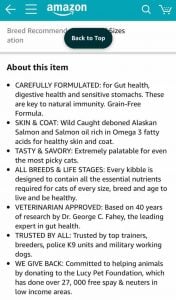
Imagine the headache while trying to read a 500-character bullet point on a phone screen!
Keeping your bullets short enough to convey benefits is important in keeping your customers happy and convincing them to buy your product.
When you follow a logical structure to your bullet points, you create a smooth buying journey for your customer. With each bullet point, you anticipate the next question your customer will ask. Having the answers ready will convince your customers that your product is the right one for them.
😃 Emojis in Amazon Bullet Points – Yay or Nay?
Amazon sellers have been using emojis in bullet points to make them stand out more. Amazon, however, has decided that starting August 15th, 2024, emojis and some special characters are no longer allowed in bullet points.
You’ll just have to use that creativity in another way. Line in your listings graphics or A+ Content, for example.
Key Takeaways
When optimizing your Amazon product listing, you want to craft the perfect bullet points to complement your images and product title. Focus on getting these right and you’ll have customers hitting “add to basket” in no time.
- Your bullet points are where you get into the details of your product
- Guide your customer through the buying journey by anticipating their questions and answering them in the bullet points
- Make your bullets short, sweet and scannable
Should you hire a professional?
Amazon product listing optimization is much more than quickly jotting down some copy and uploading a few product images. There is a lot of effort and expertise that goes into it creating a listing that convinces customers to finally click the buy button.
Hiring a professional who understands the particularities of Amazon can help get your products in front of more people. An expert will help you optimize your listing every step of the way.
This includes:
- Thorough keyword research
- Conductive a competitive analysis
- Creating beautiful images that appeal to your customer’s emotions
- Writing an optimized listing
- Setting up ads to increase visibility
Creating the perfect listing takes time and skills that you may not have yet. There are also tools designed specifically for optimizing listings on Amazon. We ourselves use Helium 10, but there are a variety of others available. If you’re interested in trying out Helium 10, take advantage of our special discount codes:
Get a 20% discount on Helium 10 with the following promo code: BETTERWORLD20

Get a 20% discount on Helium 10 from us
Hiring an expert who has access to and knowledge of these tools helps you focus on your business while they optimize your products for sales.
If you’re interested in hiring experts to optimize your products, feel free to reach out if you have any questions. We also offer a free listing audit!
